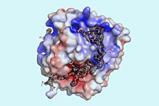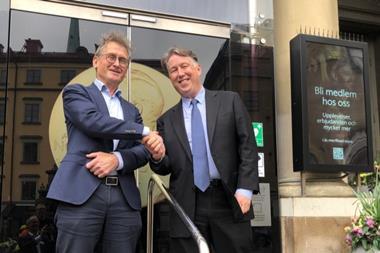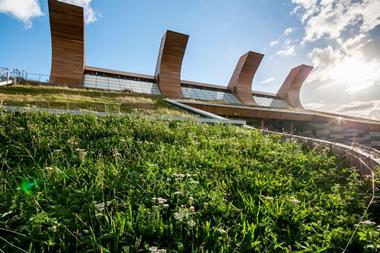An analysis of three French chemistry laboratories shows that in 2019 their primary sources of carbon emissions were purchases and heating, specifically due to heavy equipment, consumables and fume hoods. The team behind the analysis has probed the data to show how a series of carbon mitigation strategies could reduce the laboratories’ carbon footprints by 40–55% by 2030.
André Estevez-Torres from Sorbonne University and colleagues used the open-source tool GES 1point5 to estimate the direct and upstream greenhouse gas emissions from energy, purchases, travel and commutes for three laboratories in France. Lab one, in Lille focuses on physical and analytical chemistry, and labs two and three in Bordeaux and Rennes also do organic and inorganic synthesis, as well as theoretical chemistry.
GES 1point5 linked 32–42% of carbon emissions to purchases and 23–33% of carbon emissions to heating. It also calculated that each researcher in the three labs averaged a carbon footprint of approximately 5.6 tonnes of equivalent carbon dioxide (teqCO2) in 2019. This number is slightly above a median of 5.0teqCO2, which Estevez-Torres calculated using the same tool on data from 100 laboratories across various scientific disciplines.
Armed with the GES 1point5 data, Estevez-Torres and co-workers then reviewed sustainability plans and policies at the laboratories’ institutions, and existing literature on reducing emissions for chemistry laboratories. They also consulted with lab members before considering the effectiveness of various carbon mitigation strategies. It led them to conclude that renewable energy sources could reduce heating-related emissions by 40–50% and electricity-related emissions by 5–15%. Switching to public transport, such as trains or buses, could reduce travel and commute-based emissions to 5–10% for each lab. Moreover, increasing the lifetime of lab and IT equipment, and reducing acetone purchases by recycling it could further reduce purchase-based emissions by 15–25%. Implementing all of these strategies could reduce the carbon footprint of all three laboratories by 40–55%.
‘The findings on the environmental and economic benefits of recycling acetone, especially in laboratories where large quantities are consumed, will, I imagine, prove food for thought for many labs,’ comments Helen Sneddon, director of the Green Chemistry Centre of Excellence at the University of York in the UK. ‘Similarly, whilst clearly geographically dependent, the estimate that 30–50% of the electricity consumed by the laboratories in 2019 could be generated by photovoltaic panels on the laboratories’ roofs might inspire some return-on-investment discussions. More generally, I see the boundaries between green chemistry and chemistry continuing to blur as we, as a wider discipline, continue to take into account the context in which we do our research.’
Andy Evans, director of the UK-based laboratory sustainability consultancy Green Light laboratories, says better accounting for carbon emissions will encourage researchers to opt for more energy-efficient pieces of equipment. ‘Strengthening up rules, regulations and how we test things, with a greater input from people working in a lab and operating the building, ie, scientists and stakeholders in the industry is what’s needed.’
References
This article is open access
A Estevez-Torres et al, Green Chem., 2024, 26, 2613 (DOI: 10.1039/d3gc03668e)

















No comments yet